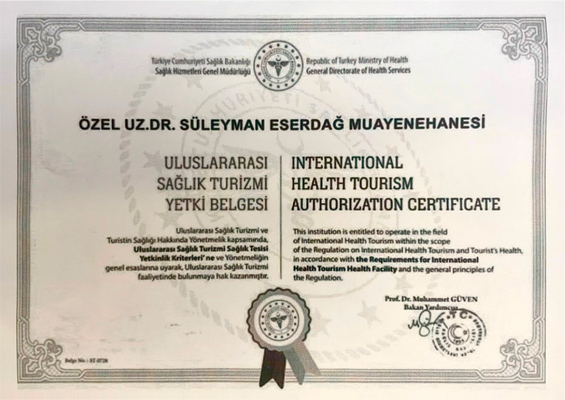Vaginismus problem is known as ‘sexual dysfunction’. But, it can be seen in different ways. Types of vaginismus are explained in this section.
Primary Vaginismus
It is the situation where no sexual penetration can be achieved since from the beginning. No results have been obtained since the first attempts. It is ‘lifelong’ and the most common type of vaginismus.
The majority of vaginismus patients are still virgin since they could not have sexual intercourse in any way with their partners. Some of them could not have intercourse after one or a few challenging attempts. All of these are in the primary vaginismus group.
Secondary Vaginismus
Whereas healthy intercourse was possible before, it is the type of ‘subsequent vaginismus depending on an experienced trauma’. It is rarer than primary vaginismus. It is also known as ‘secondary vaginismus’. Difficult childbirth, painful abortion, gynecological intervention and even a painful gynecological examination may cause secondary vaginismus.
On the other hand, sexual traumas such as harassment or rape may also cause secondary vaginismus. After sexual traumas, lack of sexual desire, aversion and arousal problems are seen commonly in women apart from vaginismus.
Apreunia
This word, originating from the Latin language, describes sexual penetration dysfunction in general. Many psychological or physical problems associated with woman or man may be the reason for apreunia. Vaginismus problem is also a psychological apreunia.
Dyspareunia
Dyspareunia means sexual intercourse pain or pain during sexual intercourse. It is usually of physical (organic) origin. In these patients, it is very important to determine the exact diagnosis before treatment. After the gynecological examination, the diagnosis is made and the treatment is planned accordingly.
Most of the patients with vaginismus cannot have sexual intercourse with their partners. A rare part of them can have penetration with quite a difficult and painful contraction. In other words, dyspareunia can be a sign in vaginismus.
Vulvar Vestibulitis Syndrome (VVS)
It is also called as ‘Vulvar Vestibulitis’. The area at the adjacency of hymen on the outer part of the vagina is called ‘vestibulm’. Vestibulm inflammation causes the most painful sexual intercourse problem in women. This inflammation usually occurs depending on frequent vaginal infections, chronic irritants and HPV infection. Non-surgical methods such as the genital laser, genital RF, PRP are used in vulvar vestibulitis syndrome; if these methods do not provide healing, skin tissue (mucosa) is extracted from that region by the operation.
The gynecological examination is important before vaginismus treatment!
All women who do not have sexual intercourse or experience it very painful should first be questioned in detail (medical history),and then a simple gynecological examination should be performed. In this way, vaginismus or dysparenia can be clearly diagnosed. Vaginismus types, vaginismus symptoms, vaginismus reasons and degrees closely affect the treatment in these patients.











